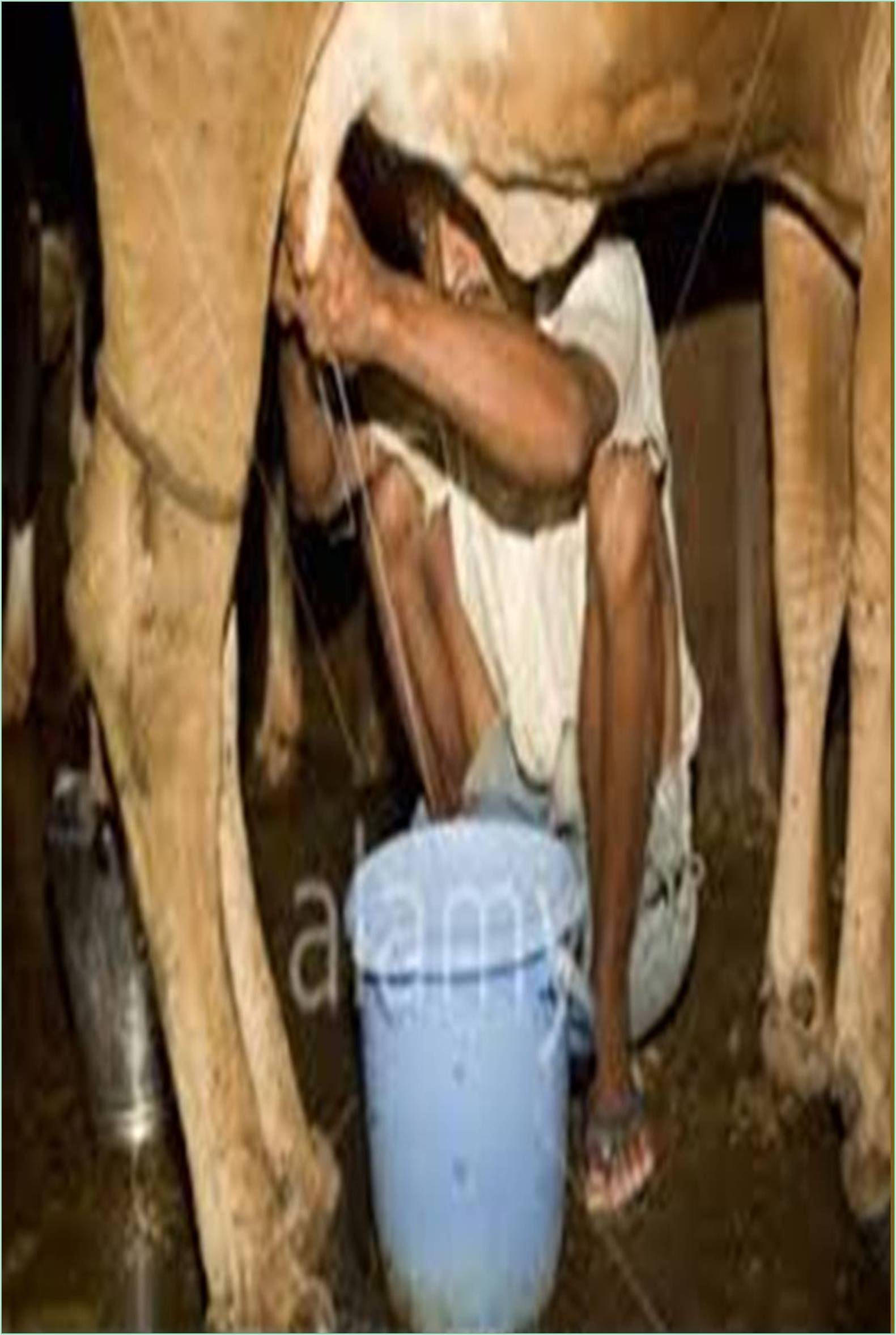



Received: 01-Feb-2022, Manuscript No. GJDFM-22-63326 ; Editor assigned: 07-Feb-2022, Pre QC No. GJDFM-22-63326 (PQ); Reviewed: 21-Feb-2022, QC No. GJDFM-22-63326; Revised: 28-Feb-2022, Manuscript No. GJDFM-22-63326 (R); Published: 08-Mar-2022, DOI: 10.15651/2449-1861.22.7.072
Dairy products are made using milk or milk by-products such as whey and buttermilk as the sole or primary ingredient. Typical products are liquid milk, butter, cheese (natural and processed), ice cream and other frozen products, and yogurt. The production of milk, butter, cheese, or yogurt by pasteurization or homogenization produces wastewater with a high BOD and COD load. These wastewaters need to be reduced before they are discharged to urban sewage treatment plants. Typical byproducts are buttermilk, whey, and their derivatives. Large amounts of water are consumed during the process, producing wastewater that can contain dissolved sugars, proteins, fats, and residue of additives. Dairy is one of the most polluted industries in the food industry due to its high water consumption. Dairy products are one of the leading causes of water pollution. With increasing demand for milk, India's dairy industry is expected to grow rapidly, and waste generation and the associated environmental problems are becoming more and more important. Poorly treated wastewater, containing high levels of pollutants, caused by poor design, operation, or treatment systems poses major environmental problems when discharged to the surface or body of water.
Dairy wastewater contains highly putrefactive organic components. This requires prompt and appropriate wastewater treatment prior to environmental treatment. Almost all organic components of milk waste are biodegradable. As a result, wastewater can be treated biologically either aerobically or anaerobically. These wastes are considered potential pollutants when they have a negative impact on the environment and are usually released in the form of solids, effluents, and sludge’s containing a variety of organic and inorganic chemicals. Wastewater can contain contaminated materials or pathogens from the manufacturing process. Dairy products often generate odors and, in some cases, dust, which also needs to be controlled. Ecology Environmental Systems designs and builds complete solutions to efficiently meet the needs of dairy wastewater treatment and odor control.
Industrial wastewater treatment to meet emission standards has always been an important issue for industrialists. Each industrial wastewater treatment plant must treat wastewater with its own industry wastewater treatment plant for this purpose. Before treating the treated wastewater, it is discharged to land or surface water. The industry must comply with standard wastewater emission standards. Appropriate procedures at ETP require characterization of wastewater, study of treatability, and design of appropriate wastewater treatment units and processes. The industry produces milk, butter and cheese through processes such as pasteurization and homogenization, which produce high levels of BOD (Biochemical Oxygen Demand), and COD (Chemical Oxygen Demand) and the environment. Other common wastewater is the odor of suspended solids, milk fat and dairy products that need to be treated. All dairy production units require a dairy wastewater treatment plant that efficiently addresses disproportionate levels of BOD, COD, suspended solids and dissolved solids, enabling safe industrial waste treatment.
The pH value is first adjusted to 8.5 using a pH regulator such as alkali or acid. The emulsion is then completely decomposed and the solids settle with the help of deemulsifiers. Other important steps in the treatment of dairy wastewater are agglomeration and dissolved air levitation. The effluent is agglomerated by passing through a slow mixing zone where the particles collect in larger particles and then further processed using air levitation techniques. Dissolved air levitation technology works as follows: The air bubbles in the air levitation system are driven by a recycled air melting system that blows, pressurizes and ventilates the treated wastewater. Finally, sludge is pumped through a filter press and disposed of in an environmentally friendly way. Finally, wastewater treatment systems specifically designed for the dairy industry provide efficient use of resources, reduced operating costs, smooth dairy function, compliance with environmental regulations, and peace of mind. Wastewater from the dairy industry can also be reused, among other things, by adsorption and membrane separation. After the activated carbon treatment, the color and odor can be completely removed. The pre-treated water can pass through the cross-flow reverse osmosis membrane system, after which the permeated water can be reused. Unlike many other industries, the dairy industry is at the top of the list when it comes to producing industrial waste. The dairy process has shown that about 2 liters of water are used to process 1 liter of milk. This clearly shows the large amount of wastewater that needs to be treated to improve operations and environmental regulations.